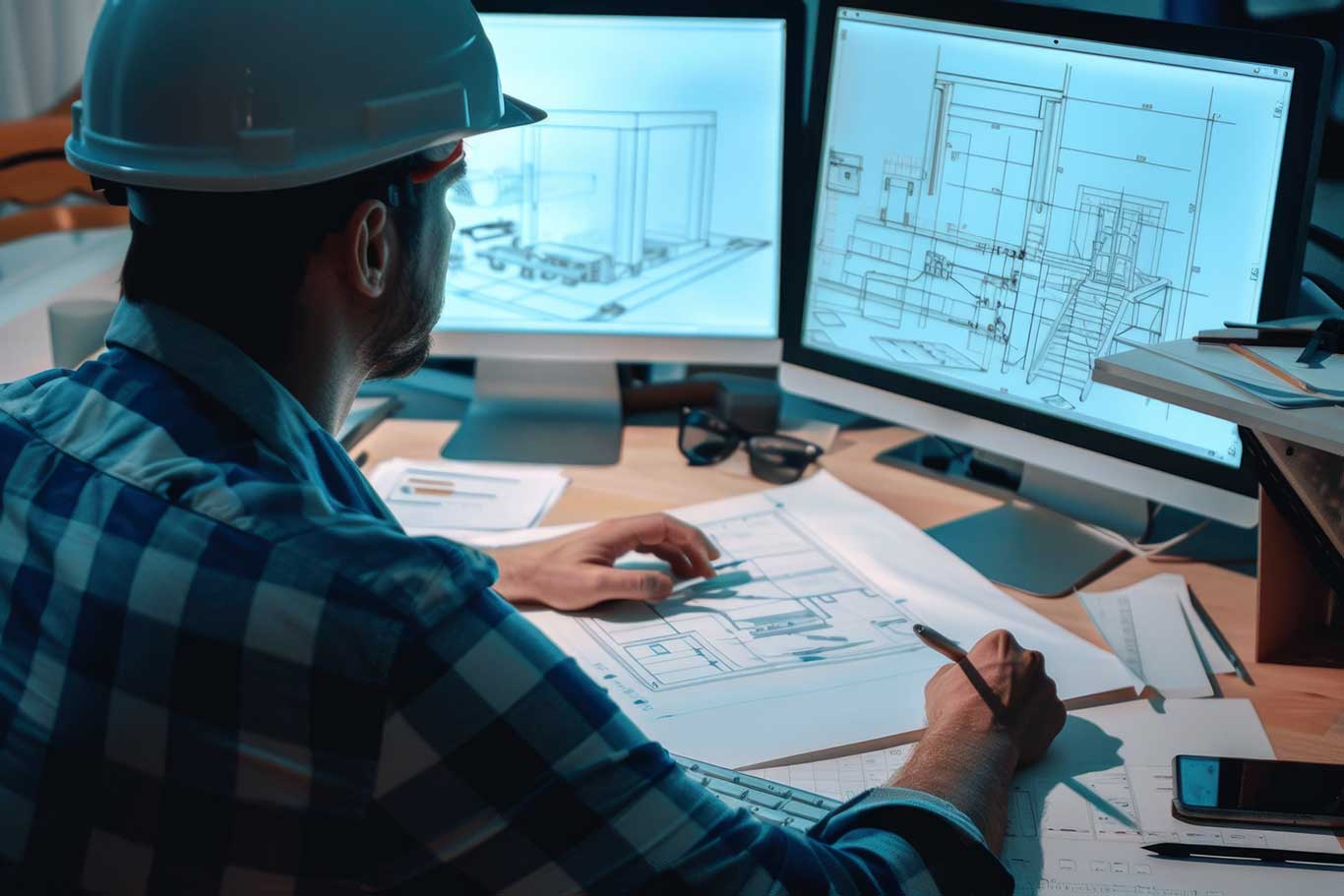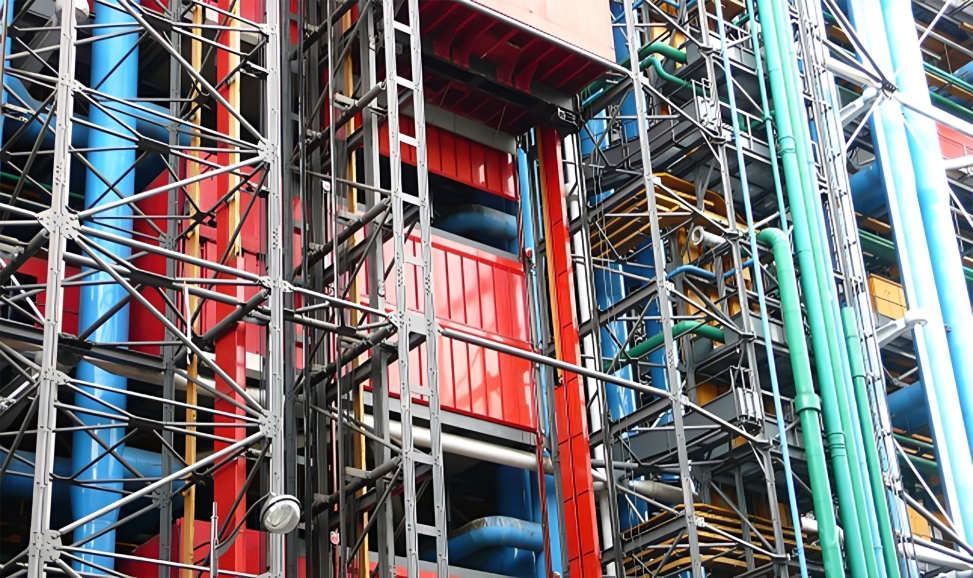
Build a Rewarding Structural Designer
- 01. Aug, 2025

Build a Rewarding Structural Design
- 24. Jul, 2025

A Complete Guide of Advanced
- 20. Jul, 2025




Earthquakes strike without warning — but their destruction doesn’t have to. From collapsing buildings to damaged infrastructure, most earthquake-related casualties are caused by poor structural design, not the quake itself.
That’s why structural engineers play a life-saving role in earthquake-prone regions. The right design can mean the difference between a structure that shakes… and one that shatters.
Earthquake-resistant structural design refers to engineering techniques that help buildings:
It involves materials, structural systems, and construction techniques that help buildings flex, sway, and absorb shock without collapsing.
Structures must be able to bend without breaking. Reinforced concrete and steel are commonly used because they can deform under stress and return to shape.
Seismic energy must travel through a clear, uninterrupted path from the roof to the foundation, allowing energy to move through the structure rather than concentrating in one area.
Base isolators act like shock absorbers between the building and the ground. They allow the ground to move independently of the structure, reducing the force transmitted during a quake.
Irregular shapes or unbalanced designs can twist and collapse under seismic loads. Symmetrical and uniform designs distribute seismic forces evenly.
Deep foundations, mat footings, or soil improvement can help keep buildings stable during lateral ground movement.
Urban areas are high-risk zones due to:
Here’s how smart structural design mitigates risk:
Structural engineers use specialized software to model seismic behavior:
These structures are living proof of how science, design, and foresight save lives.
Many older urban buildings weren’t built with earthquakes in mind. Structural engineers now:
This retrofitting is often more cost-effective than rebuilding and plays a critical role in urban disaster mitigation.
Governments around the world are tightening seismic regulations. Codes like:
Structural design ensures compliance with these codes through analysis, simulation, and documentation.
We can’t stop earthquakes — but we can design for survival.
Every column, brace, and beam matters when lives are on the line. In growing cities, where risk meets density, earthquake-resistant design isn’t a luxury — it’s a necessity.





